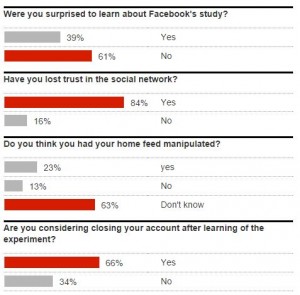I recently stumbled upon the blog “Get Busy Media”, a small business blog focused on “helping […] start up businesses improve their marketing and operations”. One of the main posts that caught my eye was the post “5 Things Publishers are Doing Wrong in Mobile“. As someone who spends most of her time on her mobile device, I’ve noticed many of the issues it has brought up and completely agree with many of the suggestions made.
One thing to note is that most websites or apps that show ads have similar competitors; celebrity news, viral lists, games. It’s very easy for users to switch to another app that either does not have ads or has relevant ads. In a way there is high “buyer power” in the industry. This means that websites will need to minimize ads that repel customers.
I’m the type of person who can deal with ads, so long as they aren’t in the way of what I’m trying to do. Having too many ads on a site is a largely common problem. There are times when I simply give up trying to read content on a site simply because it’s near impossible to do so, which is likely not what the company wanted consumers like me to do. I understand the need for ads; after all revenue needs to come from somewhere. However, when they are irrelevant and obtrusive to what I am trying to do, it’s frustrating. Get Busy Media nails some of the main problems with these ads and makes great suggestions.


 h classmates’ blogs and I happened upon Jayden Shyu’s post, “
h classmates’ blogs and I happened upon Jayden Shyu’s post, “



